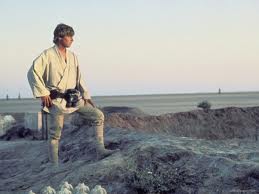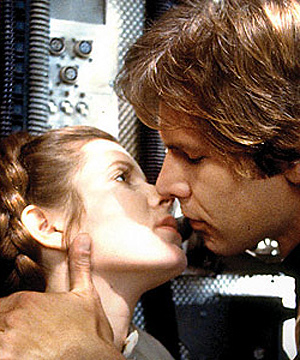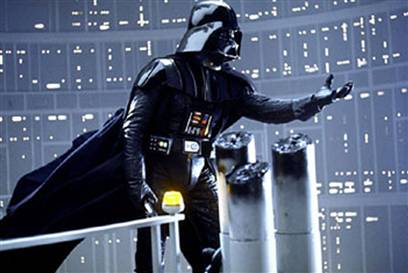Some people prefer the term hero--but if you're writing an anti-hero protagonist, that can get kind of confusing!
 | The events of the plot revolve around the protagonist. Readers should have empathy for the protagonist (recall E is for Empathy), and I'd even go so far as to say an author must have empathy for his/her protagonist. |
Probably the most important thing in fiction is the protagonist. If you're thinking, 'Hey, wait a minute. What about the plot?' you're right: plot's very important, too. :) In fact, protagonist and plot are inexorably linked; you really cannot, and should not, have one without the other. The plot/subplots need to come from the very nature of the protagonist. Or, put another way, you should chose your protagonist so that he/she is the most affected and affecting person in the plot. In critique group, this sentiment tends to be conveyed by 'Your protag needs to act!' When wearing my editing hat over at ElectricSpec, I often see this problem in our submissions. If your protag isn't doing anything, you may not have chosen the correct protag.
In literary fiction in particular, the protagonist is primary; sometimes there is no external plot arc in literary fiction. Therefore, you can have a novel without plot, but you cannot have a novel without a protagonist. (I welcome examples to the contrary.)
The protagonist is the "who?" of your story. Some of this writing jargon can get a bit confusing. Recall, the "what?" and the "why?" of your story were covered in M is for Motivation, and, if you like, "why not?" was covered in C is for Conflict. "How" you implement your protagonist is point-of-view, covered in I is for I.
| Don't get who your protagonist is confused with how you implement your protagonist. You may have more than one protagonist, and in this case it may be clearer to refer to them as pov characters, rather than protagonists. |  |
Of course, you may also have one or more antagonists... An antagonist is just a protagonist that creates obstacles for the other character(s).
 | But, since the essence of story is conflict, really, every character should have some antagonistic qualities. I think the idea of the good hero fighting the evil villain/antagonist is pretty old-fashioned--unless you're working on a graphic novel or a blockbuster movie. :) |
A more modern take on fiction is to make all your characters as well-rounded as possible, and then they will naturally have opposing interests and desires.
Good luck!

Great advice! Thank you much for this blog.
ReplyDeleteThere are so many people taking part in A-Z that I have only just found your blog. Your explanation of protagonist has been loooking back on previous posts. Interesting and useful thanks.
ReplyDeleteI like the classic good vs. evil plot line, but it's true that characters are more interesting when the good ones have bad qualities and the bad guys have some good.
ReplyDelete